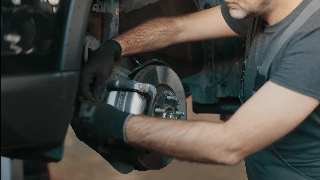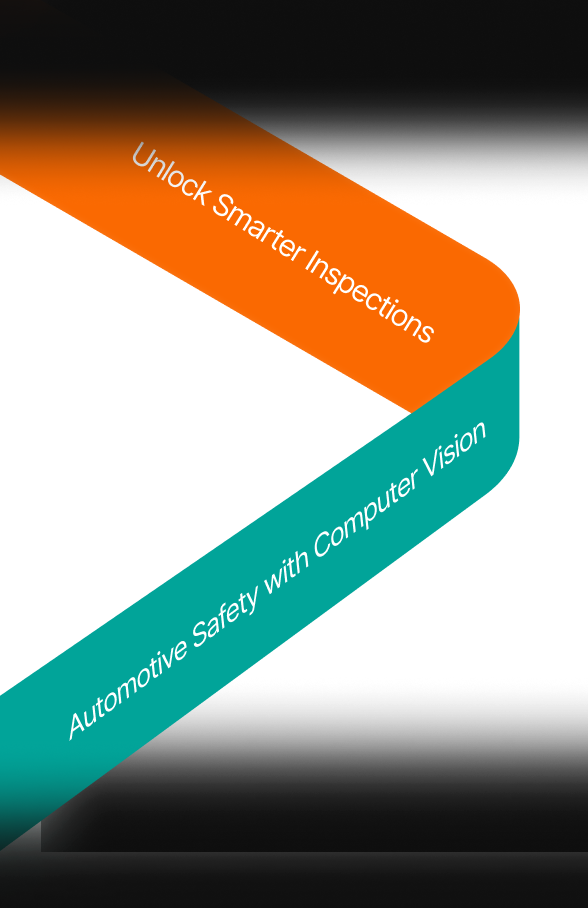
AI-Enhanced Efficiency
90%
more accurate defect detection is achievable by AI-based machines compared to humans.
MCKINSEY50%
increase in productivity in visual quality inspection is possible with AI technology.
MCKINSEY25%
lower inspection costs are possible with AI and robotics.
MCKINSEYUser Personas

Marcus Green, Quality Assurance Manager
“We’ve been struggling with detecting invisible welding defects that could compromise product quality. Manual inspections are slow, and it’s easy to miss critical issues, which impacts production and customer satisfaction.”

Susan Martinez, Fleet Maintenance Manager
“Managing a fleet means constantly checking for leaks and maintenance issues. Manual inspections often miss small leaks, which can lead to major problems down the road, costing us time and money.”

John Simmons, Automotive Safety Officer
“Ensuring all safety components are installed properly is a constant challenge. Manual checks are time-consuming, and any error in installation can lead to compliance issues or worse, safety risks.”

Ryan Hayes, Tire And Wheel Inspector
“Tire and wheel inspections are tedious, and it’s hard to ensure every detail is checked accurately. Missing things like tread wear or loose lug nuts could lead to safety risks, which is a huge concern.”
Solutions

Welding Defect Detection
Challenge: Identifying invisible welding defects that could compromise product quality.
Solution: Welding defect recognition uses computer vision to detect hidden defects by comparing weld images to a defect database, ensuring consistent quality and reducing human error during inspections.

Undercarriage Look Detection
Challenge: Detecting liquid leaks on vehicle undercarriages to prevent safety and performance issues.
Solution: The liquid detection system utilizes computer vision to identify wet areas and potential leaks, providing real-time insights that enhance vehicle safety and prevent costly repairs.

Tire & Wheel Integrity Monitoring
Challenge: Ensuring tires and wheels are properly inspected for wear, alignment, and safety.
Solution: Tire and wheel inspection automates the process with computer vision, identifying tire patterns, inspecting tread bands, and verifying lug nut torque, improving accuracy and efficiency in inspections.

Critical Safety Component Verification
Challenge: Verifying the proper installation and traceability of critical safety components in vehicles.
Solution: Safety component detection uses computer vision to confirm the installation and traceability of vital safety components like airbags, brake pads, and seat belts, ensuring compliance and minimizing risks.
Benefits
Boosted efficiency

Automate inspections across welding defects, leaks, tire integrity, and safety components, allowing your team to focus on high-priority tasks and reducing manual effort.
High Accuracy

Ensure precise detection with up to 95% recall and precision, reliably identifying defects, leaks, and safety issues with minimal false positives or negatives.
Cost savings

Prevent costly repairs by catching issues early—whether it’s hidden welding defects, tire wear, or safety component flaws—before they escalate.
Enhanced safety

Improve vehicle and product safety by quickly identifying potential hazards in welding, tires, undercarriage, and critical safety components.
Data-driven insights

Make informed decisions with detailed analytics, enabling proactive maintenance and continuous improvement across all inspection areas.
Reduced downtime

Automated inspections keep downtime to a minimum, ensuring operations stay efficient and vehicles remain in service longer.
From Prototype to Full Integration
One-Day Workshop
Gather requirements and interview stakeholders to create a tailored prototype.
Proof Of Concept
(2-3 Weeks)
Design and present a working prototype for review and testing.
Full-Scale Development
(2+ Months)
Develop the solution, extend functionality, and support launch and integration.
Ready to transform your operations?

